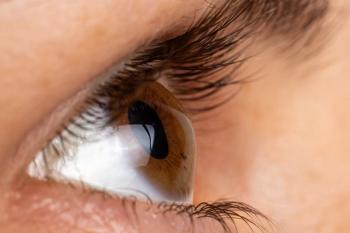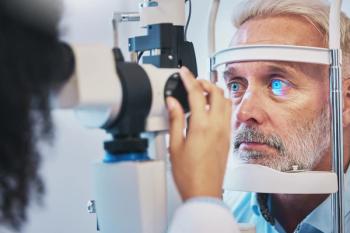
New treatments for dry eye may improve care
Ongoing development of dry eye treatments in the pipeline aims to address the range of etiologies and pathophysiologies present across patients with dry eye syndrome.
Ongoing development of dry eye treatments in the pipeline aims to address the range of etiologies and pathophysiologies present across patients with dry eye syndrome. Researchers are hoping to boost patient compliance with existing and future therapies by reducing dosing frequencies and combining products where possible.
Following is a brief update on the latest drug developments.
Farthest along the pipeline
Coming attractions
Anti-inflammatory
Exciting new drugs and delivery methods are in the research pipeline, which target inflammation in the anterior and posterior segments and address unmet needs in diseases such as uveitis and endophthalmitis.
Phase II and III development
Preclinical pipeline
Anti-infectives and combinations
The rapid evolution of pathogenic bacteria and increasing resistance necessitates the continual development of antibiotics. The most recent addition to the ocular antibiotic market, besifloxacin ophthalmic suspension 0.6% (Besivance, Bausch & Lomb), has no previous systemic use and has shown antimicrobial activity against fluoroquinolone-resistant staphylococci and multi-drug resistant strains.18
Companies are also pursuing formulations that will simplify treatment regimens by lowering dosing frequency as well as new fixed combination products that contain both an antibiotic and an anti-inflammatory for the treatment of inflammation when there is a risk of bacterial infection.
Phase II and III development
Newsletter
Want more insights like this? Subscribe to Optometry Times and get clinical pearls and practice tips delivered straight to your inbox.













































